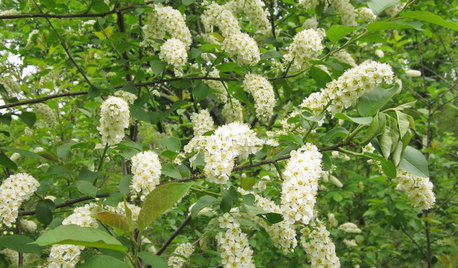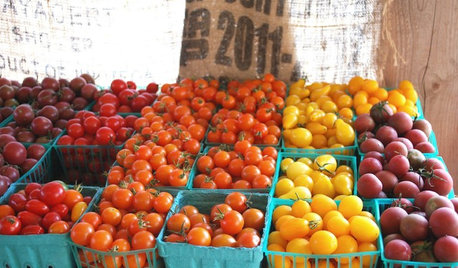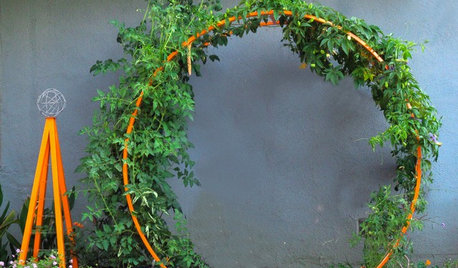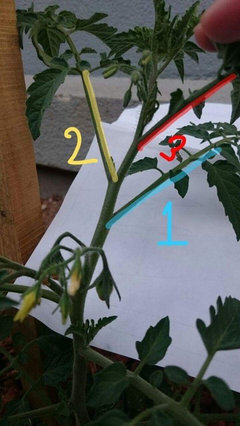How to identify determinate and indeterminate plants
naturegirl_2007 5B SW Michigan
14 years ago
Featured Answer
Comments (14)
carolyn137
14 years agoRelated Professionals
Maple Valley Landscape Architects & Landscape Designers · Accokeek Landscape Architects & Landscape Designers · Ridgewood Landscape Contractors · Santa Maria Landscape Contractors · West Haverstraw Landscape Contractors · Erie General Contractors · Gary General Contractors · San Elizario General Contractors · Sheboygan General Contractors · Genesee Stone, Pavers & Concrete · Conroe Decks, Patios & Outdoor Enclosures · Mastic Decks, Patios & Outdoor Enclosures · Palm Beach Gardens Decks, Patios & Outdoor Enclosures · Prichard Decks, Patios & Outdoor Enclosures · Somerville Decks, Patios & Outdoor Enclosuresmulio
14 years agoHoosierCheroKee
14 years agoHoosierCheroKee
14 years agocarolyn137
14 years agomulio
14 years agojtcm05
14 years agonaturegirl_2007 5B SW Michigan
14 years agoHoosierCheroKee
14 years agomaichi_123
7 years agodigdirt2
7 years agomaichi_123
7 years agodigdirt2
7 years ago
Related Stories

TREESNative Plant Alternatives to Invasive Common Buckthorn
Learn how to identify and control this aggressive plant, and what to grow in its place
Full Story
GARDENING GUIDESDo You Have This Invasive Plant in Your Yard?
Garlic mustard is spreading across the U.S. Here’s how to spot it and what to do
Full Story
GARDENING GUIDESHow to Find the Best Plants for Your Yard
Before you start planting, spend some time researching, taking a walk or speaking with a professional
Full Story
LANDSCAPE DESIGNGarden Overhaul: Which Plants Should Stay, Which Should Go?
Learning how to inventory your plants is the first step in dealing with an overgrown landscape
Full Story
GARDENING GUIDES6 Questions That Will Help You Pick the Best Plants for Your Site
Before you head to the nursery, learn more about your outdoor space
Full Story
EDIBLE GARDENSThe Most Productive Fruits, Veggies and Herbs to Plant Right Now
These crops offer the best bang for the buck, earning their keep with plentiful harvests
Full Story
GARDENING GUIDESWe Bust 4 More Native Plant Myths
Have you been taken in by these fallacies about gardening with native plants?
Full Story
SUMMER FRUITS AND VEGETABLESCherry Tomato Plant Does Double Duty as a Design Element
Besides being tasty, cherry tomatoes bring a burst of bright color to the landscape
Full Story
DECORATING GUIDESCapture the Eye: How to Identify and Work With Focal Points
Arm yourself with design tools to figure out and execute a fantastic focus in any room
Full Story
GARDENING GUIDES6 Plants That Beat Butterfly Bush for the Wildlife Draw
It's invasive, a nonnative and a poor insect magnet. Check out these better alternatives to butterfly bush in the garden
Full Story







digdirt2